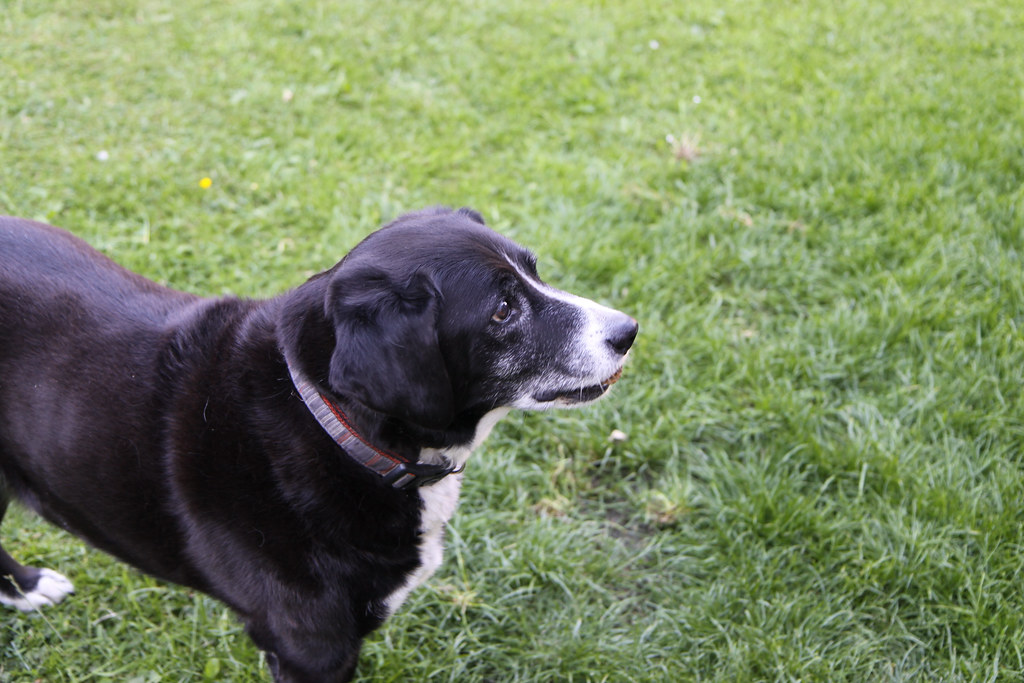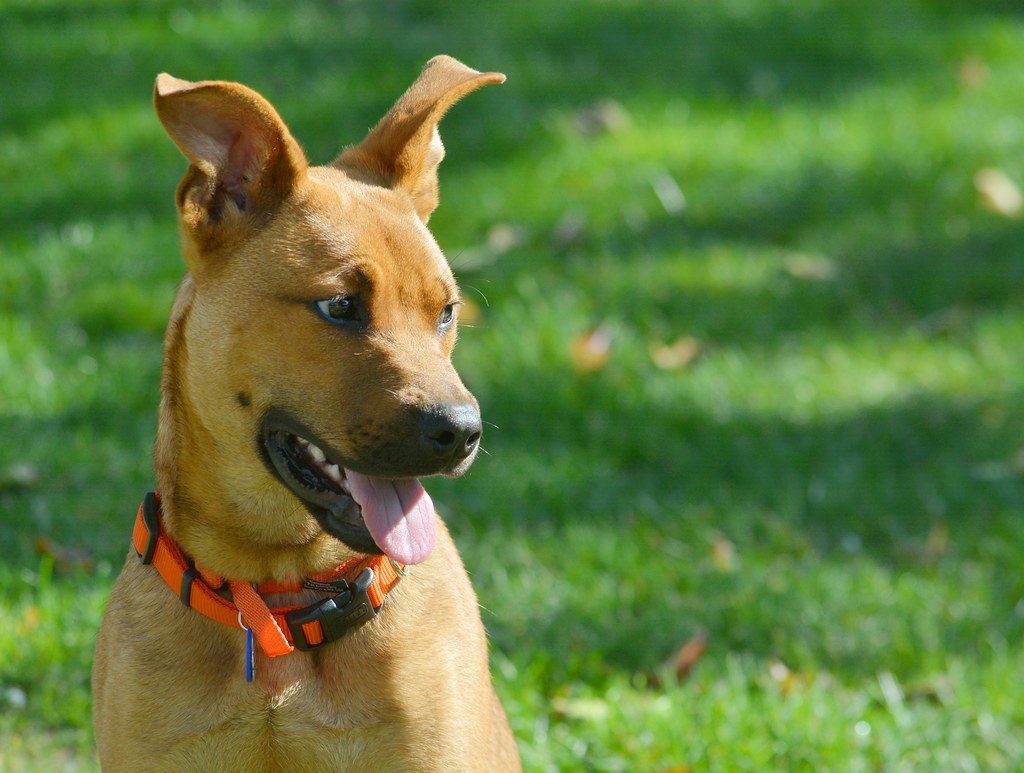
Ah, the dog park. A glorious expanse of green where our four-legged friends can shed the leash and just be dogs, right? It sounds idyllic, and often it is. These communal havens provide unparalleled opportunities for exercise, socialization, and pure canine joy, offering a fenced-in paradise where pups can run, sniff, and wrestle with their peers. For owners, it’s a chance to connect with fellow pet parents, share stories, and simply enjoy watching their companions thrive outdoors.
However, the reality isn’t always a wagging-tail paradise. Sometimes, an afternoon at the dog park can go from joyful to chaotic fast. Too often, well-meaning owners make simple mistakes that turn a fun outing into a stressful, or even dangerous, situation. Understanding and avoiding these common etiquette fails is crucial for ensuring the park remains a happy place for pups and people alike, creating an environment where all dogs can truly thrive.
To help navigate this furry, four-pawed minefield, we’ve gathered insights from veterinary professionals and seasoned handlers. They’ve highlighted the most common pitfalls that can not only sour the experience for everyone involved but also pose significant risks to your dog’s safety and well-being. By recognizing these mistakes and adopting responsible practices, you can become part of the solution, fostering a positive and safe community for all.
1. **Ignoring Your Dog / Not Paying Attention**One of the most significant and frequently observed blunders at the dog park is what many refer to as “The Zone-Out Offense.” It’s incredibly common to see owners absorbed in their phones, lost in a podcast, or deep-diving into conversation with other park-goers, completely oblivious to their dog’s actions. This lack of attention, unfortunately, can swiftly lead to trouble, transforming a relaxing outing into a regrettable incident.
This oversight is particularly harmful because dogs, much like mischievous toddlers, are prone to finding trouble when unsupervised. Unchecked interactions can escalate quickly, leading to fights, injuries, or subtle bullying behavior. Your dog might be engaging in overly rough play, getting overwhelmed by the energy of the pack, digging escape tunnels under the fence, or even exhibiting early, subtle signs of aggression that require immediate intervention.
The dog park is unequivocally not a drop-off daycare; it requires your active and constant supervision. You need to be your dog’s most vigilant advocate and protector, ready to intervene, redirect, or remove them from a situation if necessary. Think of yourself as a lifeguard for canines – constant vigilance is an essential part of the deal. Your presence and attention are often the best preventative measures against many potential issues.
Read more about: Your Ultimate Checklist: 15 Essential Questions for a Smooth Family RV Trip Rental
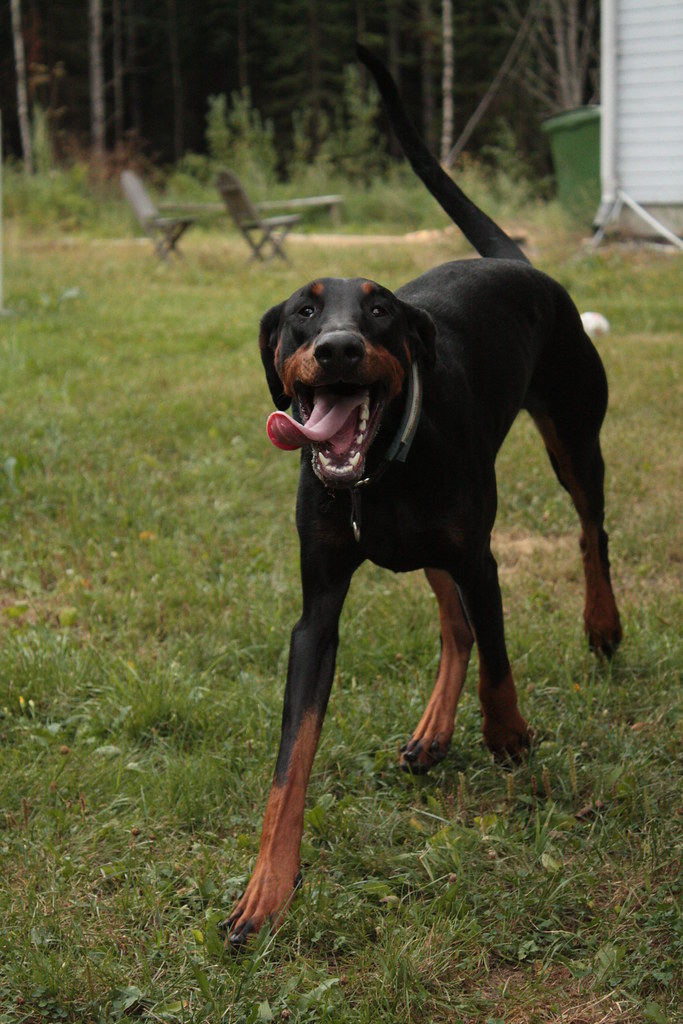
2. **Bringing an Unsuitable Dog (Unvaccinated, Sick, Unsocialized, Aggressive, Puppies, In-Heat)**It’s a hard truth that not every dog is destined to thrive in the chaotic, free-for-all environment of a dog park. Forcing a dog into such a setting when they are not ready or suited for it is not only unfair to your pet but also potentially dangerous for other dogs and owners. Selecting the “right candidate” for park play is a critical aspect of responsible pet ownership.
For instance, throwing a dog terrified of other canines into the middle of a bustling pack is a cruel act and a recipe for disaster. Fear can very quickly turn into defensive aggression, creating an unsafe scenario for everyone. Similarly, any dog with a known history of aggression towards other dogs has absolutely no place in an off-leash park; it poses an unacceptable risk to the entire community and could result in severe altercations.
Health considerations are paramount. Puppies, especially those under four months of age or those who haven’t completed their full vaccination series, are highly susceptible to serious diseases like Parvovirus, which can linger in the soil of dog parks. Patrik Holmboe, head veterinarian for Cooper Pet Care, cautions that “Parvovirus is caught via the dog eating contaminated feces or other material from infected dogs – and a dog park is unfortunately a prime place to pick this up.” Similarly, if your dog is sick with a cough, diarrhea, or appears lethargic, it’s vital to keep them home. Amy Attas, VMD, an award-winning veterinarian, advises, “Some respiratory infections and stomach upsets can be infectious and contagious to other dogs.” Don’t risk spreading kennel cough, parasites, or other illnesses to the canine community. Additionally, female dogs in heat are like throwing gasoline on a fire; their presence will distract and potentially incite fights among male dogs, causing immense stress for all involved. It’s best to keep her home for the entire cycle, which is typically around three weeks.
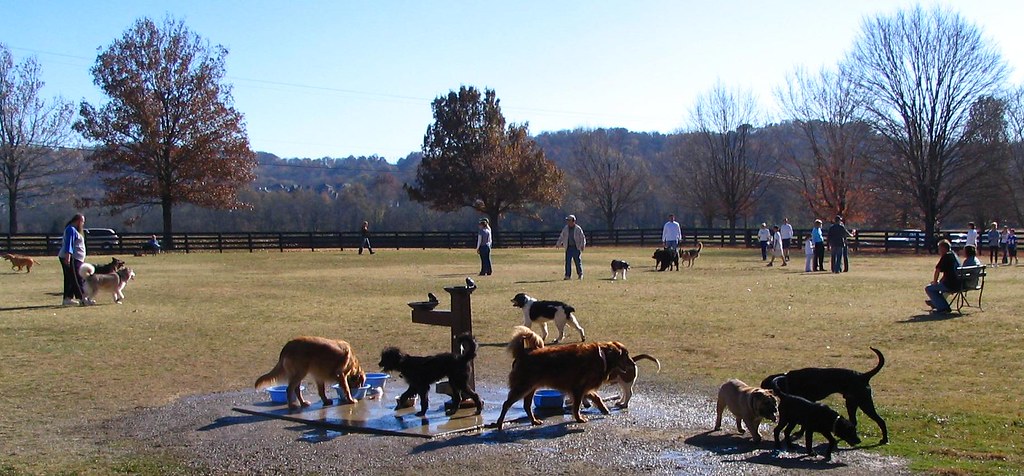
3. **Overlooking Basic Training**Basic obedience training serves as the foundational cornerstone for a positive and safe dog park experience. A dog that doesn’t consistently respond to commands, or lacks fundamental manners, can quickly transform from a playful companion into a significant problem in the dynamic and often unpredictable setting of a dog park.
A lack of control over your dog’s behavior can easily lead to dangerous situations. A dog that won’t “come” when called, doesn’t understand boundaries, or isn’t familiar with a simple “leave it” command is at a higher risk of getting into conflicts, annoying other park-goers, or even running away. These scenarios not only jeopardize your dog’s safety but also disrupt the peace and enjoyment for others.
Investing time and effort in training your dog to respond reliably to basic commands is therefore paramount. Consistent training builds confidence in your dog and provides you with the crucial tools needed to manage various situations effectively. This preparation can prevent many potential issues, ensuring that your dog remains safe and well-behaved, allowing for a more harmonious experience for everyone at the park.
Read more about: Beyond the Hype: 10 Investing Missteps Beginners Regret Most — And How to Build Real Wealth Instead.

4. **Misreading Dog Body Language**Dogs are incredibly sophisticated communicators, constantly conveying their feelings, intentions, and levels of comfort through a myriad of subtle signals in their body language. Failing to recognize, or worse, ignoring these critical signs – whether they come from your own dog or another one in the park – is a major mistake that can have serious repercussions.
It’s a common misconception, for example, that a wagging tail always signifies happiness. In reality, context is everything. A stiff, rapid tail wag can indicate arousal or even anxiety, rather than joy. Learning to spot clearer signs of stress is vital: these include lip licking, yawning when not actually tired, a tucked tail, “whale eye” (where the whites of the eyes are prominently visible), stiffness in their posture, or raised hackles (the hair on their back).
Equally important is distinguishing between genuine play gestures, such as a playful “play bow” (front end down, rear end up), and escalating signs of tension. If you observe a dog relentlessly pursuing another who is clearly trying to disengage – perhaps running away with a tucked tail or repeatedly trying to hide – that’s harassment, not play. Intervention early is key, before such interactions escalate into a full-blown fight. If your dog consistently shows stress signals or appears to be bullying other dogs, it is a clear indication that it’s time to leave the park for the day.
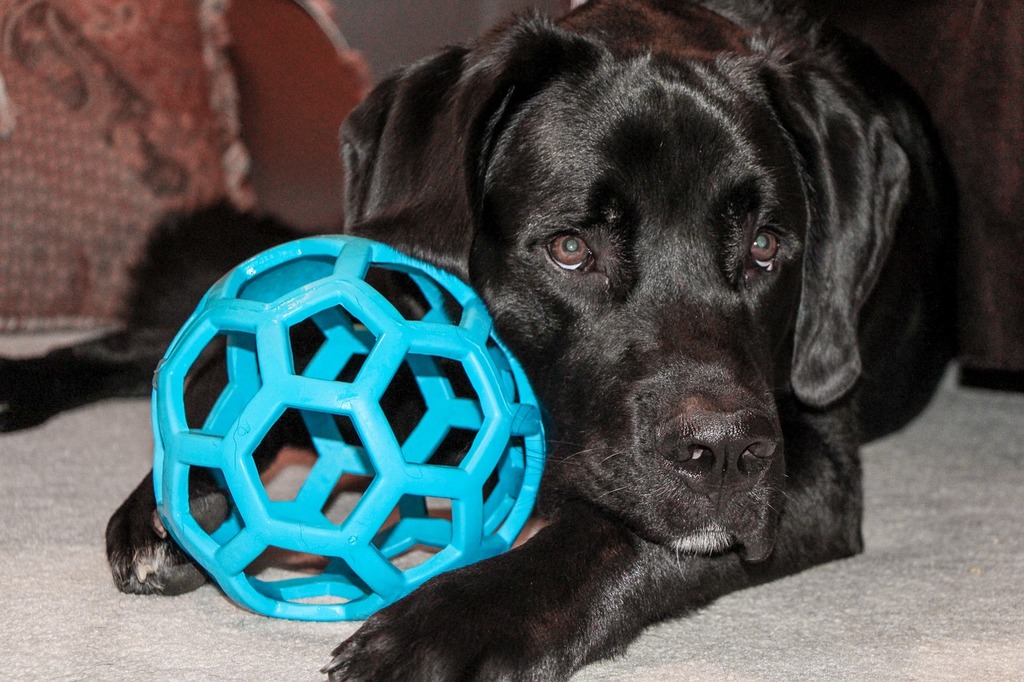
5. **Bringing Treats and Toys Without Consideration**While toys and treats might seem like innocent additions to a fun park outing, bringing high-value items, such as coveted squeaky toys or particularly delicious treats, into a communal off-leash space is often asking for trouble. In the unpredictable environment of a dog park, these items can quickly become sources of conflict among dogs, triggering undesirable behaviors.
Many dogs exhibit resource-guarding tendencies, meaning they will aggressively defend items they perceive as theirs. This instinct is magnified in a setting with unfamiliar dogs. Even if your own dog is typically good about sharing, another dog in the park might not be, and their reaction to your dog’s toy or a treat can instantly trigger squabbles or even serious fights, leading to potential injuries for all involved.
Experts like Sabrina Kong, DVM, a veterinarian at WeLoveDoodles, emphasize this point, stating, “Even if you do it with the best intentions in the world, giving treats to other dogs without consulting their owners first is a resounding ‘no’ as you don’t know if the dog is under some strict diet, has some sort of food allergy, or the owners simply don’t feel comfortable about it.” Generally, the best practice is to leave the food and coveted toys at home, or keep any treats securely in your pocket, using them discreetly only for recall or quick rewards away from the immediate vicinity of other dogs.
Read more about: 12 Wedding Gifts So Awkward, They’ll Make the Happy Couple Wonder If They Should Have Eloped
6. **Poor Entry and Exit Etiquette (Leashed Dogs at Gate)**The entrance gate of a dog park is often an unexpected high-stress bottleneck, a critical point that requires careful navigation. When a new dog arrives, the dogs already inside frequently rush the gate, driven by a mix of excitement, curiosity, or even anxiety about the newcomer. Simultaneously, the arriving leashed dog can feel overwhelmed, vulnerable, and defensive due to their restricted movement and the concentrated attention from the unleashed pack.
Simply flinging open the gate and allowing your dog to charge in is a recipe for an immediate conflict and can set a negative tone for your entire visit. Instead, it’s crucial to wait for space to open up. Allow any dogs clustered at the gate to be called away by their owners, creating a calmer entry point. Most well-designed dog parks feature a double-gated system; keep your dog leashed until you are safely inside the *second* gate and the outer gate is securely closed. Then, remove the leash quickly, drop it, and encourage your dog to move away from this high-pressure area to explore more freely.
Similarly, when it’s time to leave, anticipating potential issues is key. Leash your dog calmly and purposefully *before* approaching the gate area. This prevents a last-minute scramble or an awkward interaction at the exit, allowing for a smooth and stress-free departure. Proper entry and exit etiquette demonstrates respect for other park users and helps maintain a positive, safe atmosphere for everyone.

7. **Not Picking Up After Your Dog**This particular mistake might seem like an incredibly basic rule, a fundamental tenet of dog park etiquette, yet it is one of the most frequently broken. Failing to pick up after your dog immediately is not just an act of inconsideration towards fellow park users; it is also deeply unhygienic and poses significant health risks to the entire canine community.
Dog waste is far more than just an unsightly nuisance. It is a potent breeding ground for various diseases and parasites that can spread rapidly among dogs in a communal setting. Illnesses like parvovirus and giardia can be transmitted through contaminated feces, jeopardizing the health of countless pets. Beyond the health implications, uncollected waste ruins the experience for everyone else, creating an unpleasant environment and ultimately contributing to a deterioration of the park’s overall condition.
Therefore, the solution is straightforward: always come prepared with multiple waste bags. Observe your dog closely, and as soon as they do their business, clean up immediately. Many dog parks conscientiously provide bags and disposal bins, so make full use of these resources if they are available. As Sabrina Kong, DVM, bluntly puts it, leaving waste behind is “extremely annoying for other dogs and owners.” Your vigilance in this simple task plays a crucial role in maintaining a clean, safe, and enjoyable space for all who visit.
Navigating the vibrant, often boisterous, world of a dog park means being attuned to more than just your own dog’s immediate actions. It requires a keen awareness of the broader social dynamics at play and the physical environment itself. After all, a truly positive dog park experience for everyone hinges on a collective commitment to responsible behavior and proactive management, looking out not just for your own furry friend, but for the entire pack. Let’s dive into more crucial mistakes to avoid, ensuring the park remains a joyful and safe haven for all.
Read more about: Yikes! From BFFs to Bye-Fels: 9 Hollywood Friendships That Went Up in Smoke (and a Few That Rose from the Ashes!)

8. **Allowing Your Dog to Bully Others**Even the most well-meaning dogs can sometimes slip into behaviors that, while not outright aggressive, certainly cross the line into bullying. This often includes persistent chasing, mounting, or intimidating other dogs who are clearly trying to disengage or show signs of discomfort. What might seem like playful exuberance to one owner can be deeply distressing and even traumatizing for another dog, creating a hostile environment that quickly sours the experience for everyone involved.
Such bullying isn’t just about making other dogs uncomfortable; it can lead to genuine stress and fear, potentially provoking defensive reactions from the bullied dog. These interactions can escalate rapidly, resulting in fights or injuries that could easily have been avoided with timely owner intervention. A dog that consistently exhibits these behaviors is not truly playing nicely and is contributing to a negative atmosphere.
To prevent this, it’s vital to continuously monitor your dog’s interactions and be prepared to step in immediately if you observe any signs of bullying. Redirect their attention with a verbal command or physically move them away from the situation. Teaching your dog to play nicely, understanding when another dog wants to disengage, and respecting their boundaries are crucial for fostering a positive and safe park experience for every canine.
Read more about: The Streaming Era’s Harsh Reality: How Hollywood’s Shift in Residual Payments is Pushing Writers and Actors to the Brink
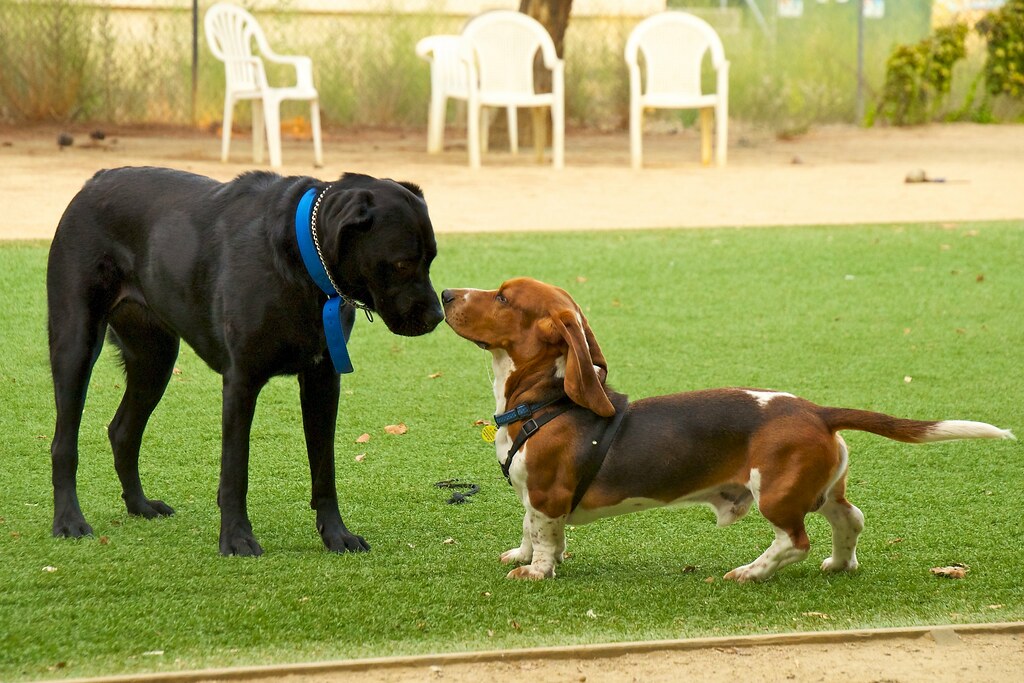
9. **Navigating Overcrowding and Peak Hours**Dog parks are incredibly popular, but sometimes, there really can be too much of a good thing. An overcrowded park, especially during peak hours, often transforms from a fun social hub into a chaotic, high-stress environment. The sheer volume of dogs means less space for maneuver, higher arousal levels across the board, and a significantly increased chance of accidental collisions or tense interactions escalating unexpectedly.
Veterinary professionals frequently warn against visiting during the busiest times. Georgina Ushi Phillips, DVM, a practicing veterinarian, explicitly states, “Avoid going to the dog park during the busiest hours—usually after work hours on the weekdays—and instead try to go during off hours.” She highlights a serious concern: “More dogs means a higher chance of conflict, and I routinely see dogs that need laceration repair as a result of a dog park scuffle.” This underscores the very real dangers associated with overcrowding.
To ensure a safer and more enjoyable outing, try to schedule your visits during off-peak hours when fewer dogs are present. When you arrive, take a moment to survey the scene. Assess the general energy level: does it feel like relaxed, happy play, or is it a chaotic frenzy? If the park feels too intense, overwhelming, or simply too packed for your dog (or for your comfort), trust your instincts. It’s always best to consider coming back later or finding an alternative activity for the day.
Read more about: 13 Meal Prep Fails That Prove Some Time Savers Just Aren’t Convenient — And How to Fix Them!
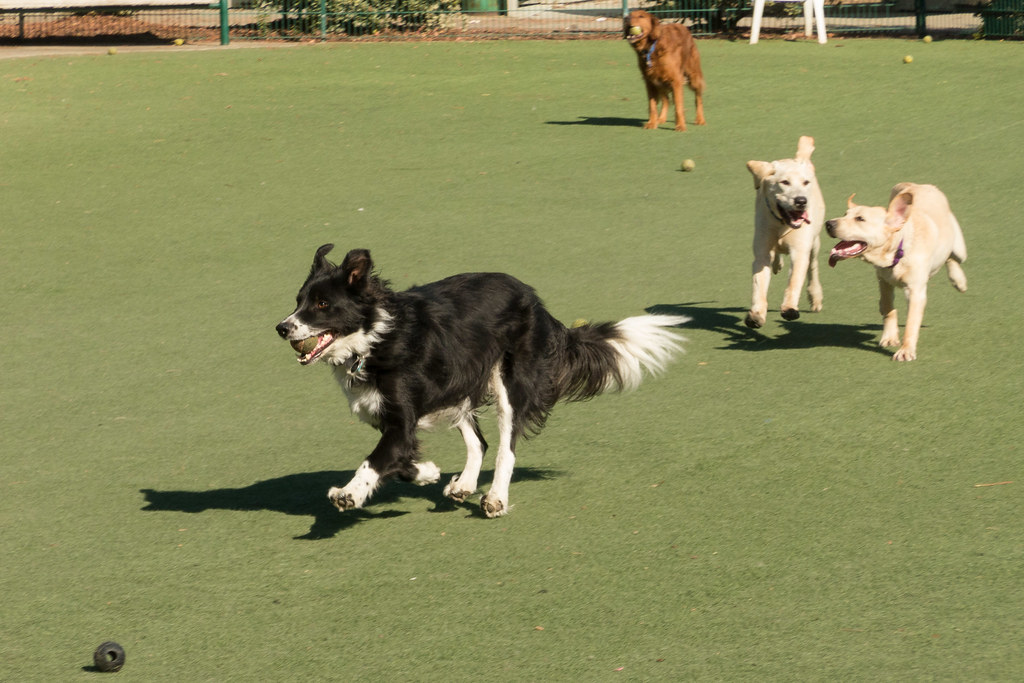
10. **Beware of Environmental Hazards**While much of dog park etiquette focuses on social interactions, it’s equally important to be mindful of the physical environment itself. Dog parks, particularly outdoor ones, can harbor various hidden dangers that go beyond behavioral issues. Neglecting to scan the area for potential environmental hazards can put your dog’s health and safety at significant risk, making a fun day quickly turn into an emergency.
One of the most insidious hazards is standing water. Whether it’s lingering puddles after rain or questionable communal water bowls, these can be breeding grounds for dangerous bacteria and parasites. Dr. Phillips cautions that “standing water at the dog park is exposed to dozens of canines every day, which turns it into a breeding ground for a variety of bacteria, including leptospirosis—often simply called lepto.” She adds, “Leptospirosis is transmitted via the urine of dogs and other animals, and many dog owners already know that dogs can’t resist taking a few sips from a random puddle. So if there’s standing water at the park, it’s best to skip that day.”
Beyond water, always keep an eye out for other physical dangers like broken fencing, discarded trash, or anything else that might pose a risk. Before unleashing your dog, perform a quick scan of the entire park area. This proactive approach allows you to identify and avoid potential trouble spots, ensuring your dog can play safely without encountering unexpected dangers or illnesses.
Read more about: Beyond the Garage: The Ultimate 12-Point Safety Checklist for Classic Car Road Trips
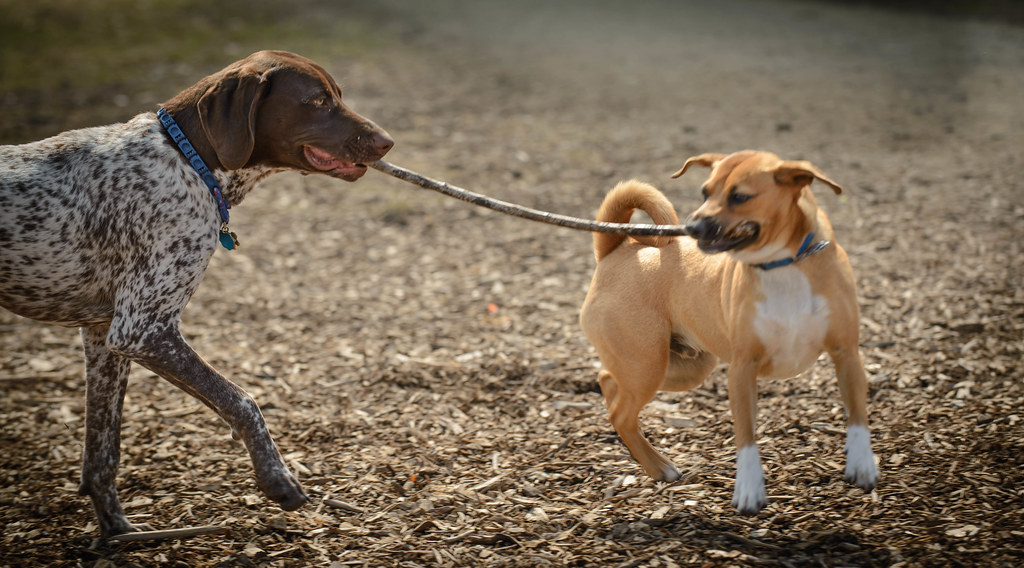
11. **The Risks of Bringing Children**It’s a common misconception that dog parks double as playgrounds for children. While some parks may permit kids, it’s absolutely critical to understand that the primary purpose of these spaces is for canine interaction, not for children to run free or engage with unfamiliar dogs. The dynamic, unpredictable nature of a dog park environment, filled with large, fast-moving animals, presents significant risks to young visitors.
Children running, screaming, or making sudden movements can easily be misinterpreted by dogs. A dog might interpret a running child as prey, get spooked by loud noises, or accidentally knock over a small child during exuberant play. Even a friendly dog can cause an injury purely by accident due to its size and energy. Furthermore, some dogs have a natural prey drive or may be fearful of children, leading to unpredictable and potentially dangerous reactions.
If children must accompany you to the dog park, they require extremely close and constant supervision. Teach them how to interact appropriately with dogs—or, often, that it’s best not to interact at all with strange dogs. Most importantly, children should never, under any circumstances, be left unattended, even for a second. Prioritizing safety means recognizing that the dog park is fundamentally a dog-centric space where human children are guests who need protection.
Read more about: Don’t Get Trapped! 12 Hidden Financial Pitfalls in Reality TV Contracts You Need to Know Now
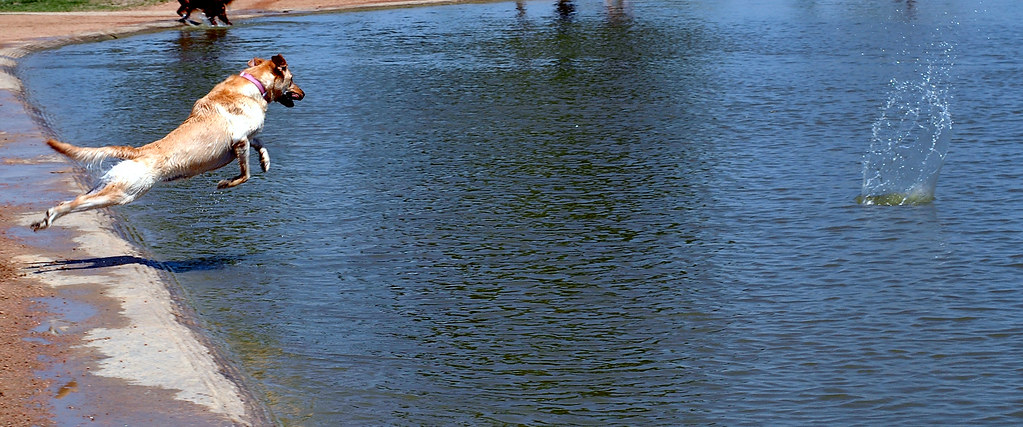
12. **Knowing When to Call It a Day (Staying Too Long)**It’s incredibly tempting to let your dog play until they’re utterly exhausted, basking in the glow of a supposedly well-exercised pup. However, overstaying your welcome at the dog park is a common mistake that can have negative consequences. Like toddlers, dogs can become overtired and cranky, and pushing them beyond their limits can quickly turn a positive experience into a stressful one.
An exhausted dog is not only more prone to injury but also more likely to become irritable or snappish, which significantly increases the likelihood of conflicts with other dogs. Their play becomes sloppier, they might ignore cues from other dogs, and their patience wears thin. This can lead to a breakdown in communication and an increased risk of altercations, making the environment less pleasant for everyone.
Learn to recognize your dog’s limits and energy levels. Are they starting to ignore your commands? Are they becoming overly persistent or snappy with other dogs? Do they appear visibly exhausted with excessive panting or a lagging pace? It’s always better to leave the park on a positive note after a reasonable amount of time—often around 20-30 minutes of good, active play—rather than pushing them until they (or another dog) have a meltdown. Ending the visit while they’re still having fun reinforces the park as a positive experience.
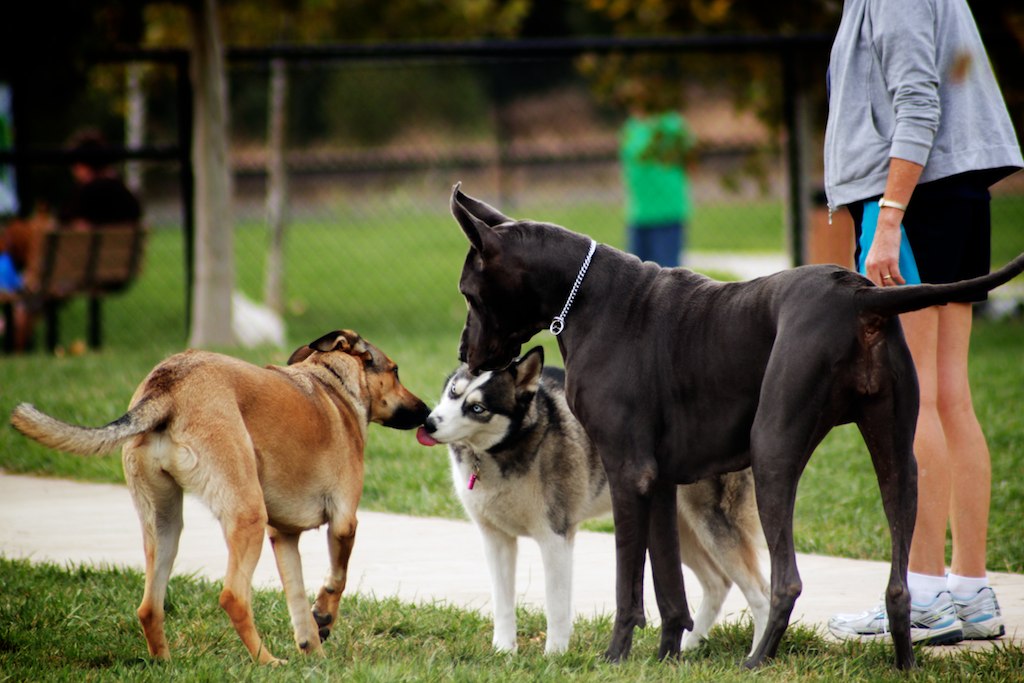
13. **Avoiding Extreme Weather Conditions (Especially Heat)**Part of being a responsible dog owner at the park means being mindful of the elements, particularly when it comes to extreme weather conditions. While a sunny day might seem perfect for outdoor play, high temperatures can pose a serious and potentially deadly risk to your canine companion, turning an anticipated fun outing into a medical emergency.
Dogs are highly susceptible to overheating, especially when engaged in vigorous exercise. Patrik Holmboe, head veterinarian for Cooper Pet Care, issues a stern warning: “A dog may be so excited to be running around with fellow canines that they can overheat. This can be a deadly problem.” He emphasizes that this risk is particularly pronounced for “brachycephalic dog breeds, which are short-snouted breeds such as pugs, bulldogs, and Shih Tzus,” due to their compromised ability to cool themselves efficiently.
To prevent heatstroke and other related health issues, pay close attention to the ambient temperature and your dog’s behavior. Limit their exercise if you observe excessive panting, lethargy, or other signs of exhaustion. If the temperature is generally high, it’s best to limit the length of your park visit or simply skip the park altogether for the day. Prioritizing your dog’s health over a playdate is always the most responsible choice.
Dog parks truly are magnificent resources, offering unparalleled opportunities for exercise, vital socialization, and pure canine joy. However, their continued success, and the safety and happiness of every four-legged visitor, rests squarely on the shoulders of every owner who passes through their gates. By being vigilant, understanding the nuances of canine communication, respecting the rules—both spoken and unspoken—and knowing your own dog’s unique temperament and limits, you become an indispensable part of fostering a safer, more enjoyable environment for everyone. Let’s commit to being part of the solution, creating a community where every dog can truly thrive, and every park visit is a highlight, not a headache.

